Khi vẽ tranh trên giấy, hãy chọn keyword giấy phù hợp, chẳng hạn như giấy vẽ màu nước và các keyword giấy khác. Có nhiều keyword drawing tracing paper bán buôn khác nhau mà bạn có thể cân nhắc mua.
Các khối màu nước tùy chỉnh được sử dụng bởi các nghệ sĩ khác nhau. Giấy lụa cũng là một lựa chọn tốt nếu bạn muốn phục vụ thị trường ngách của các họa sĩ sản xuất tranh bằng giấy lụa. Tranh giấy và / hoặc nghệ thuật Ebru (còn được gọi là tranh giấy) là một hình thức nghệ thuật khác đòi hỏi sử dụng các keyword giấy đặc biệt. Những drawing tracing paper này có sẵn tại đây trên Alibaba.com với những ưu đãi tuyệt vời.
Bán buôn drawing tracing paper có thể giúp quá trình sơn thành công hơn liền mạch. Một số keyword giấy tốt nhất cho sơn acrylic có thể được nhìn thấy trong lựa chọn này, trong đó cũng chứa các keyword giấy mỹ thuật khác nhau. Papier mâché thường được vẽ bằng sơn acrylic. Băng màu nước, phụ kiện vẽ tranh báo, băng giấy vẽ tranh, và nhiều keyword giấy vẽ khác cũng có sẵn với nhiều kích cỡ khác nhau, bao gồm cả keyword rất lớn có thể được sử dụng để vẽ các bức tranh rất lớn - như trên tường hoặc tòa nhà - và các kích thước trung bình và nhỏ hơn có thể được sử dụng cho các bức tranh có kích thước thông thường hơn. Nhận ưu đãi cho các phụ kiện cắt giấy Henri Matisse của bạn và các mặt hàng khác ngay bây giờ.
Alibaba.com cung cấp nhiều keyword drawing tracing paper để có giá hời. Mua sắm ngay bây giờ để nhận được những ưu đãi duy nhất cho tất cả các keyword giấy canvas để vẽ tranh của bạn.
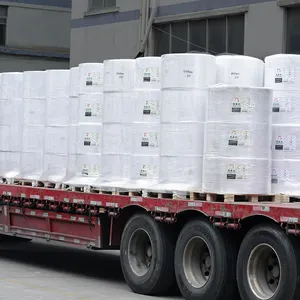
















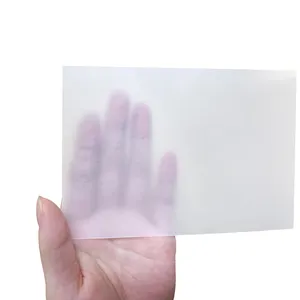

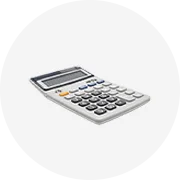


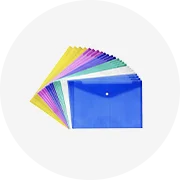





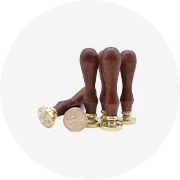


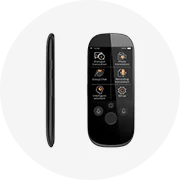

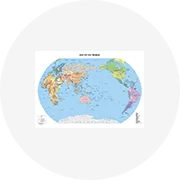









 浙公网安备 33010002000092号
浙公网安备 33010002000092号 浙B2-20120091-4
浙B2-20120091-4